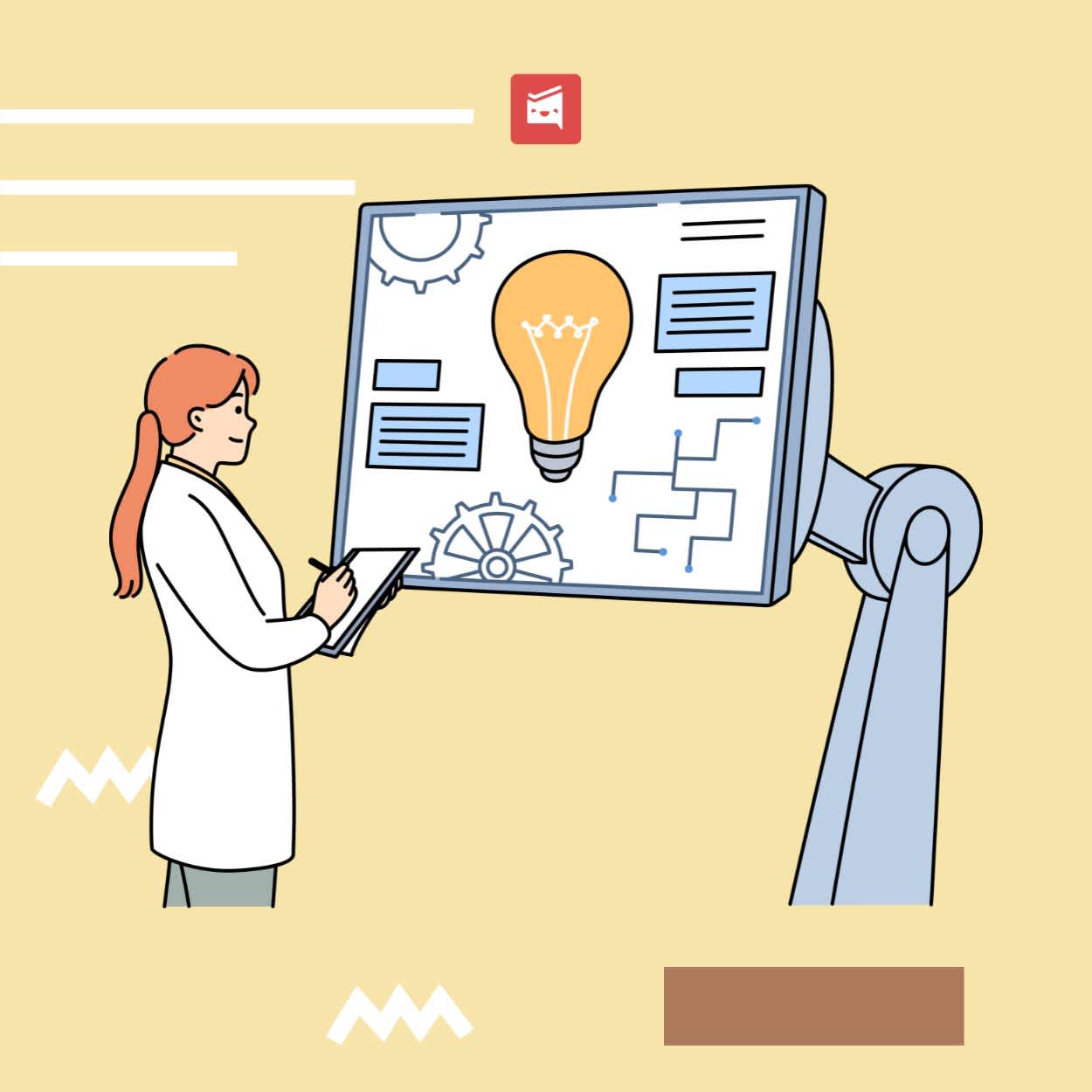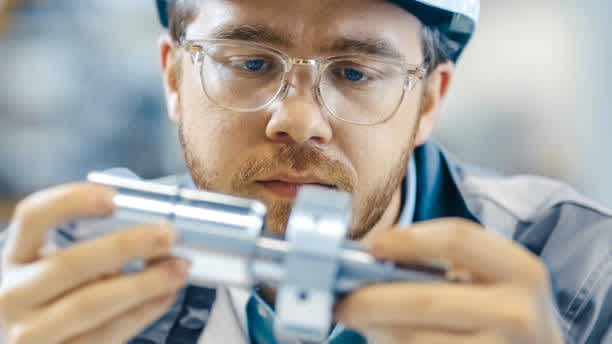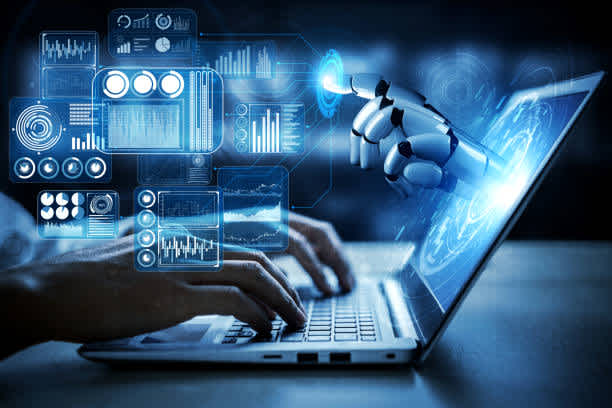The Future of Product Engineering: Trends and Insights
ByJulian Gette
Workast publisher

Workast publisher
Product engineering is rapidly evolving due to new technologies and changing consumer demands. Given that many companies are involved in developing innovative products and remaining competitive in the market, understanding the core trends that shape the future of product engineering is required.
This article will give product owners and technology executives a deeper understanding of all forces that will change product development in the next 5-10 years. It focuses on how AI, IoT, big data analytics, and UI/UX design reshape it.
Furthermore, it exposes emerging trends in rapid prototyping, agile development, and automation, redefining the engineering process and workflow. With these insights, you can adapt your product roadmap, processes, and teams to capitalize on emerging opportunities.
One of the biggest forces shaping the future of product engineering is the rapid advancement of artificial intelligence (AI) and machine learning. As they evolve, these technologies will enable products to become more predictive, personalized, and autonomous.
You should expect AI and ML to impact products in several key ways:
Predictive Capabilities: Future products will use data to spot the trends, and they will give answers to needs before they arise. Likewise, a smart fridge might scan the items, forecast when food expires, and automatically create a shopping list.
Personalization at Scale: Data availability and learning algorithms help products adjust to each individual's taste. Picture a fitness app tailored to your goals, biostatistics, and activity information.
Autonomous Functionality: AI will drive self-driving capabilities in vehicles, robotics, and other items, eliminating human personnel.
Smart product creation using the Internet of Things (IoT) is one of the main trends. An estimated 29 billion connected IoT devices will be there in 2030. The expansion of interconnected devices leads to smart spaces that have developed and evolved.
Key IoT trends include:
Embedded Connectivity: The Internet will be incorporated into more and more products and devices with Internet connectivity and sensors. Through this method, they can get and give data, allowing real-time fine-tuning.
Ecosystem Integration: Products will enter broader systems and interactions. For instance, wearables are linked to smart home devices, and industrial equipment is tied to supply chain software.
Remote Control and Access: Through mobile apps and voice assistants, consumers can now remotely control, monitor, and access their products. Smart locks, cameras, and appliances embrace this trend.
Proactive Replenishment: Connected products can automatically order replacements when supplies like detergent, printer ink, or batteries run low, thanks to product monitoring.
An exponential growth in connected devices and digital interactions also contributes to the explosion of available data.
Consider how you can integrate big data practices like:
Performance Monitoring: Use tools like product analytics to collect behavioral data and track product performance and usage. This is done by customer behavior analysis.
Predictive Analytics: Advanced modeling uses these patterns in the data to predict future trends. Brands can predict demand, pick out at-risk customers, and improve their products in real-time.
Sentiment Analysis: Natural language processing identifies emotional sentiments about brands and products by scanning through social media, reviews, and conversations. This creates an opportunity for listening and identifying pain points.
Individualization: Through identifying customer traits, preferences, and behavior, brands can develop personalized recommendations and journeys for every user. Music apps are already very dependent on this.
Besides tech trends, UX design has started to play an important role in current product creation. With customers used to great digital experiences, having a smooth UX has become a basic requirement for any product.
Critical UX trends to remember during your product development include:
End-to-end UX Focus: Besides UI, companies now take a broad UX perspective, ranging from products to various platforms such as websites, apps, and support and retail experiences. Customers now expect seamless UX at all touchpoints.
Design Sprints and Prototyping: It is better to conduct design sprints to rapidly sketch and test ideas with users, thus speeding up UX adjustment. This facilitates user-centered design.
Projection Mapping: A visual technique like projection mapping allows you to test designs and spatial interfaces in the real world before coming up with the final products.
Conversational UX: Chatbots, voice control, and conversational interfaces ease interactions with products, which are enabled by natural language processing.
AR/VR Integration: Immersive XR technologies enable products from cars to mobile apps to be experienced virtually before launch.
As the product engineering landscape evolves, the importance of PCB parts becomes increasingly evident. Advancements in PCB technology are critical for supporting the sophisticated features and connectivity of modern products. Key trends in PCB development include:
- Miniaturization: As products shrink, PCBs must accommodate high-density components without losing performance.
- Enhanced Connectivity: With IoT growth, PCBs must support Wi-Fi, Bluetooth, and cellular communication, often integrating components like a microwave filter to ensure signal integrity.
- Improved Durability: Evolving PCB designs withstand harsh environments and longer lifecycles, essential for industrial and outdoor use.
- Cost Efficiency: Advances in manufacturing make PCB production more cost-effective, leading to competitive pricing.
To keep pace with customer expectations and tech shifts, you need to accelerate the speed at which you can engineer and refine products. Agile development and continuous practices can help your team increase release velocity and iteration.
Key trends enabling speed include:
Agile Sprints: Cross-functional agile teams use iterative sprints to rapidly develop and test product increments, learning from user feedback.
Continuous Integration: Automated testing and merge tools allow rapid coding integration across teams to avoid errors.
Continuous Delivery: Enables automated releases so new product features and updates can be deployed frequently and reliably.
DevOps Culture: Breaks down silos between dev and ops teams so they can tightly collaborate and automate deployment together, speeding release cycles.
From artificial intelligence to automation, the pace of innovation shaping the future of product engineering is staggering. Brands that understand these trends and adapt quickly will gain decisive competitive advantages.
Those who embrace these advancements not only stand to streamline processes and enhance product quality but also position themselves as leaders in an increasingly dynamic market, poised to meet the evolving needs and expectations of consumers worldwide.



